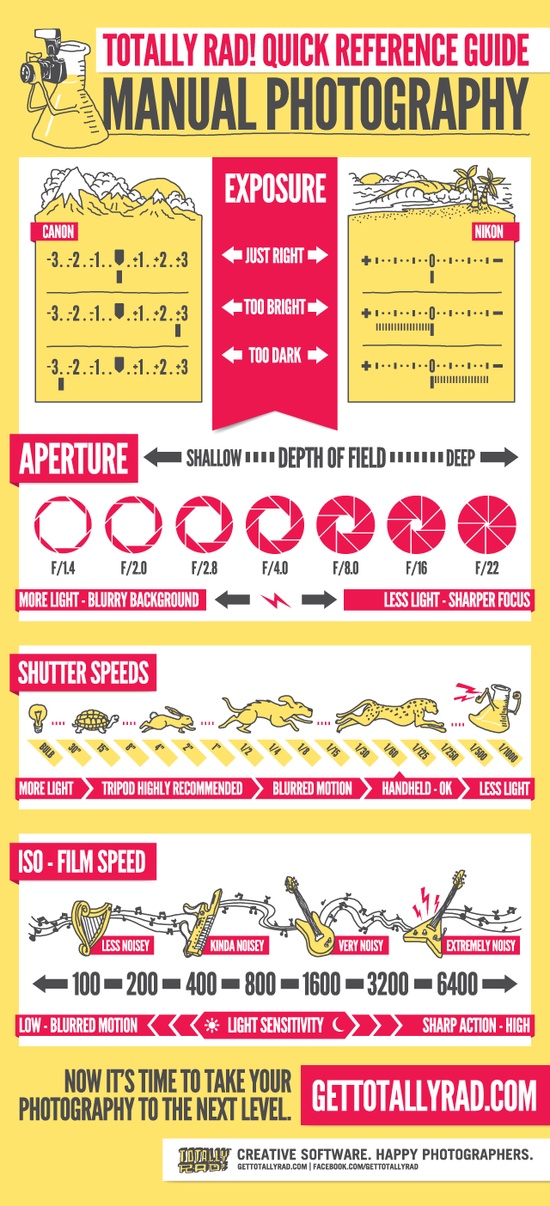What Every Digital Photographer Should Know About Lights
What Every Digital Photographer Should Know About Lights
Blog Article
Content Created By-Caldwell Riddle
As a digital photographer, you understand that lights can make or damage your photos. Recognizing the nuances of both all-natural and man-made light is essential for capturing the mood and quality you aim for in your job. Whether you're chasing after the excellent golden hour glow or adjust your fabricated arrangements, understanding these aspects can boost your digital photography substantially. But there prevail risks that many overlook, and identifying them can change your technique to every shoot. Let's explore what you might be missing out on and just how it can influence your results.
Understanding Natural Light
Understanding all-natural light is important for any kind of digital photographer seeking to enhance their job. It's the structure of terrific photography, affecting mood, tone, and clarity. When you fire outdoors, focus on the moment of day. The gold hour-- quickly after daybreak and before sunset-- supplies soft, cozy light that can change normal scenes right into spectacular pictures.
https://www.idahostatejournal.com/business_journal/east_idaho/why-paying-a-professional-photographer-to-capture-your-special-event-is-well-worth-it/article_bbf43829-f456-5131-a7ff-f3b731f7f6b0.html ignore the power of overcast days. Cloud cover diffuses sunshine, creating a soft, even light that's excellent for portraits and macro photography. You'll locate colors pop in this kind of lights without rough darkness.
http://antione1ronald.booklikes.com/post/6560790/comparing-popular-cameras-which-one-is-finest-for-you , too. Constantly consider your subject's positioning to the light. If the sun's behind your subject, you may end up with a shape, which can be remarkable but mightn't be what you desire. Conversely, straight sunlight can produce unflattering darkness.
Trying out angles; sometimes, altering your perspective can generate impressive outcomes. Use all-natural reflectors, like water or sand, to jump light onto your topic, including measurement.
Mastering Artificial Light
Mastering fabricated light is crucial for photographers that wish to take their abilities to the following degree. Whether you're utilizing speedlights, studio strobes, or constant lights, comprehending just how to adjust these sources can drastically improve your pictures.
Begin by familiarizing on your own with the essentials of light top quality, instructions, and shade temperature level. Explore different modifiers like softboxes, umbrellas, or grids to manage the soft qualities or harshness of the light.
You'll discover that soft light usually produces complementary outcomes, while harsher light can include dramatization and depth. Do not shy away from shadows; they can boost the three-dimensionality of your subjects.
Pay very close attention to the placement of your lights. A light positioned too near to your subject can produce unflattering results, while too away can cause an absence of detail. Make use of a light meter or your camera's pie chart to guarantee you're subjecting appropriately.
Lastly, remember that fabricated light can be combined with ambient light for creative results. Stabilizing these sources might take practice, but once you grasp it, your digital photography will truly shine.
Techniques for Various Circumstances
When you enter different shooting circumstances, adjusting your illumination methods is critical for catching the most effective images. For outside portraits, utilize the golden hour-- morning or late afternoon light-- to soften darkness and improve skin tones.
If it's a rough midday sunlight, think about utilizing a reflector to bounce light back onto your subject or seek shaded areas for an extra even direct exposure.
In low-light scenarios, like indoor occasions, increase your ISO and utilize a broad aperture to let in more light. A tripod can aid eliminate electronic camera shake, enabling longer direct exposures without blurring.
If you're contending night, explore off-camera flash to develop vibrant lighting and depth in your images.
For item photography, utilize diffused illumination to avoid harsh representations. Softboxes or light camping tents can aid attain this effect.
When photographing landscapes, consider the instructions of light and time of day, as it can drastically transform the mood of your shot.
Constantly be Executive portrait headshot to readjust your setups and positioning based upon the scenario, as versatility is essential to understanding illumination in digital photography.
Conclusion
Finally, grasping lights is key to boosting your photography abilities. Welcome all-natural light's appeal throughout gold hour, and don't avoid try out fabricated light methods. By adjusting your approach to various circumstances, you'll catch magnificent pictures that resonate with feeling and clearness. Bear in mind, the right lighting can transform a regular shot into something amazing, so keep practicing and refining your understanding of both all-natural and artificial light. Delighted capturing!
